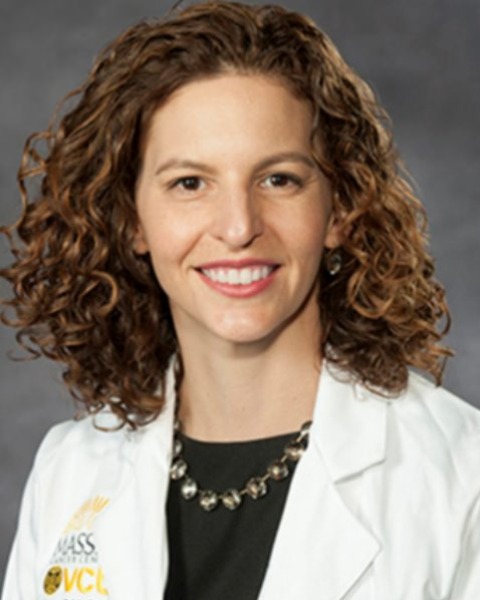Breast
E59: Is it Surgery or Biology? Comparing Overall Survival and Disease-free Survival between Breast-conserving Therapy and Mastectomy by Breast Cancer Phenotype

Brian K. Sparkman, MD
CGSO Fellow
Virginia Commonwealth University Health
Richmond, Virginia, United States
Brian K. Sparkman, MD
CGSO Fellow
Virginia Commonwealth University Health
Richmond, Virginia, United States
Brian K. Sparkman, MD
CGSO Fellow
Virginia Commonwealth University Health
Richmond, Virginia, United States- TW
Tina Wong, MD, PhD
Physician
Spectrum Health, United States - WS
Westin Stover, MD
Physician
David Grant Medical Center, United States - CM
Catalina Mosquera, MD
Physician
South Florida Surgical Oncology, United States - AF
Andrew Francis, MD
CGSO Fellow
VCU Health, United States - DB
Dipankar Bandyopadhyay, PhD
Professor
Virginia Commonwealth University, United States - JH
Jian He, MS
Statistician
VCU, United States - AU
Atika Farzana Urmi, MS
Statistician
VCU, United States - HB
Harry Bear, MD
Professor
Virginia Commonwealth University Health, United States - RL
Raphael Louie, MD, MPH
Assistant Professor
Virginia Commonwealth University Health, United States 
Kandace P. McGuire, MD
Professor
Virginia Commonwealth University Health
Richmond, Virginia, United States
ePoster Abstract Author(s)
Submitter(s)
Author(s)
Methods: We performed a 10 year, IRB-approved, single-institution retrospective review of breast cancer patients who completed surgical intervention. Primary outcomes were OS and DFS. Statistical analysis was completed with Kaplan-Meier estimates and Cox regression. For phenotype classification (Luminal A, B, HER2+, triple negative), we collected hormone receptor status, Oncotype DX® score, Ki67%, and tumor grade. We included patients aged ≥18, diagnosed with clinical stage T0-4, N1-2, M0, invasive breast cancer who underwent surgical resection. We excluded patients with metastatic disease, enrolled in a clinical trial, or diagnosed with ductal carcinoma in situ, phyllodes/sarcoma, or inflammatory breast cancer.
Results:
We identified 1771 patients from 2010-2020, with 1598 meeting inclusion criteria. Overall, there was no difference in OS between TM and BCT (Figure 1, p=0.34). This remained true when comparing TM to BCT stratified by tumor phenotype. OS was significantly worse for Luminal B and triple negative phenotypes compared to Luminal A (p<0.01). DFS was significantly better for BCT vs. TM for all patients (p< 0.01). For patients undergoing BCT, pairwise comparison demonstrated no difference in DFS among tumor phenotypes. Within the TM cohort, patients with luminal A disease had statistically better DFS than other phenotypes (P=0.37).
Conclusions: Our study suggests that, when carefully selected, surgery type for breast cancer does not alter the patient’s OS. Rather, this is driven by the underlying tumor phenotype. Interestingly DFS was better for patients with BCT. This suggests in the modern era, BCT may offer better local control than TM in early-stage disease.
Learning Objectives:
- Upon completion, participants will be able to describe the driver of overall survival and disease-free survival for stage Ia-IIIc breast cancer.
- Upon completion, participants will be able evaluate a patient’s estimated disease-free survival based upon her breast cancer stage and tumor phenotype.
- Upon completion, participants will be able to demonstrate a patient’s risk of recurrence by tumor phenotype if they undergo a total mastectomy.
